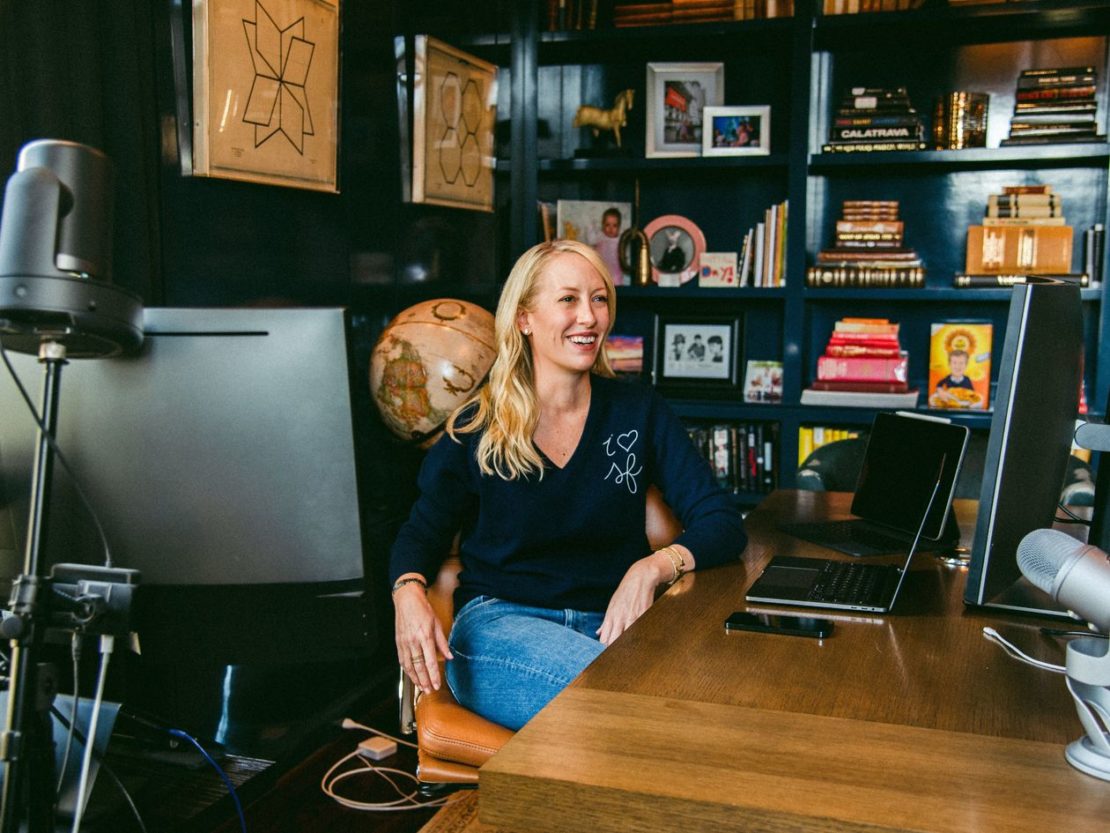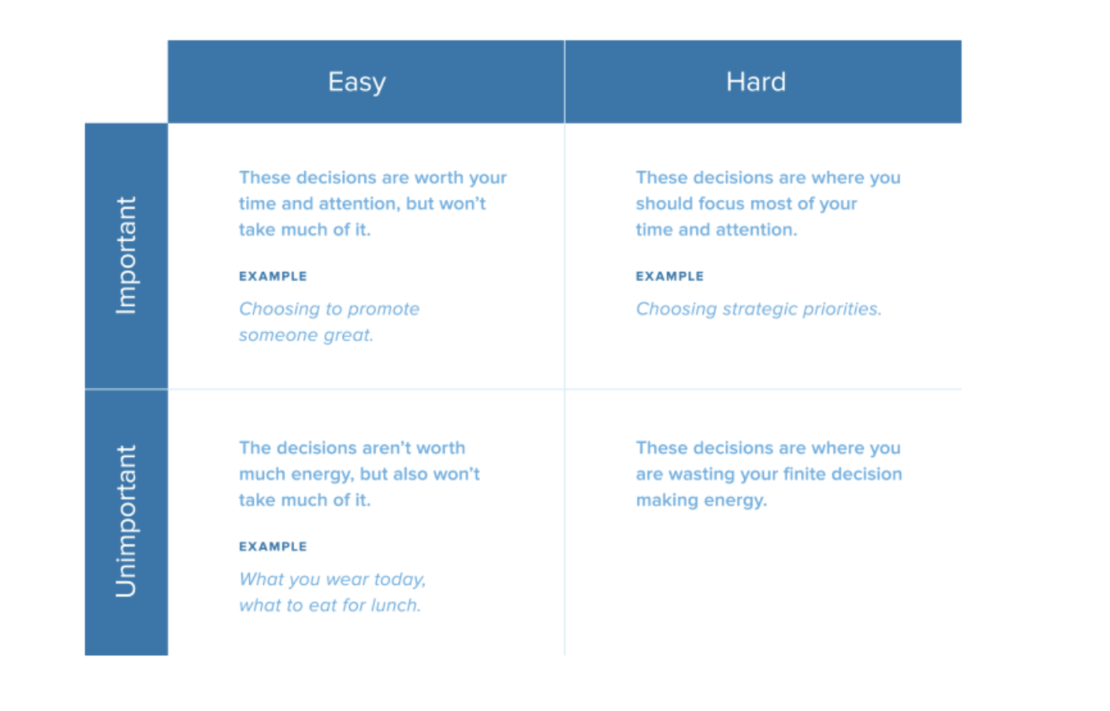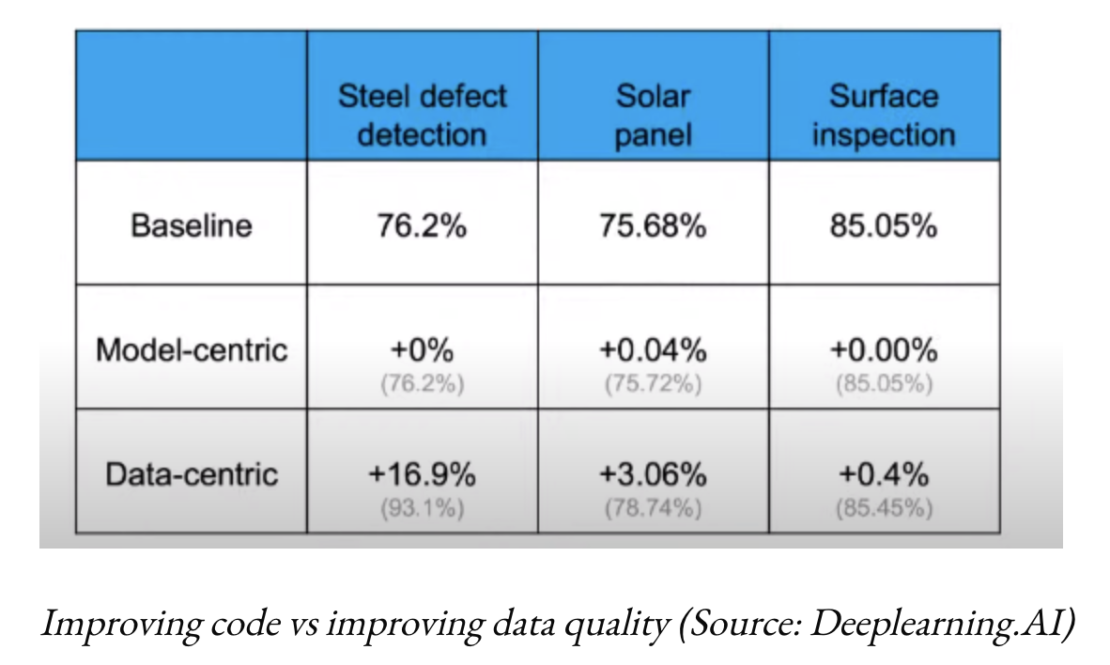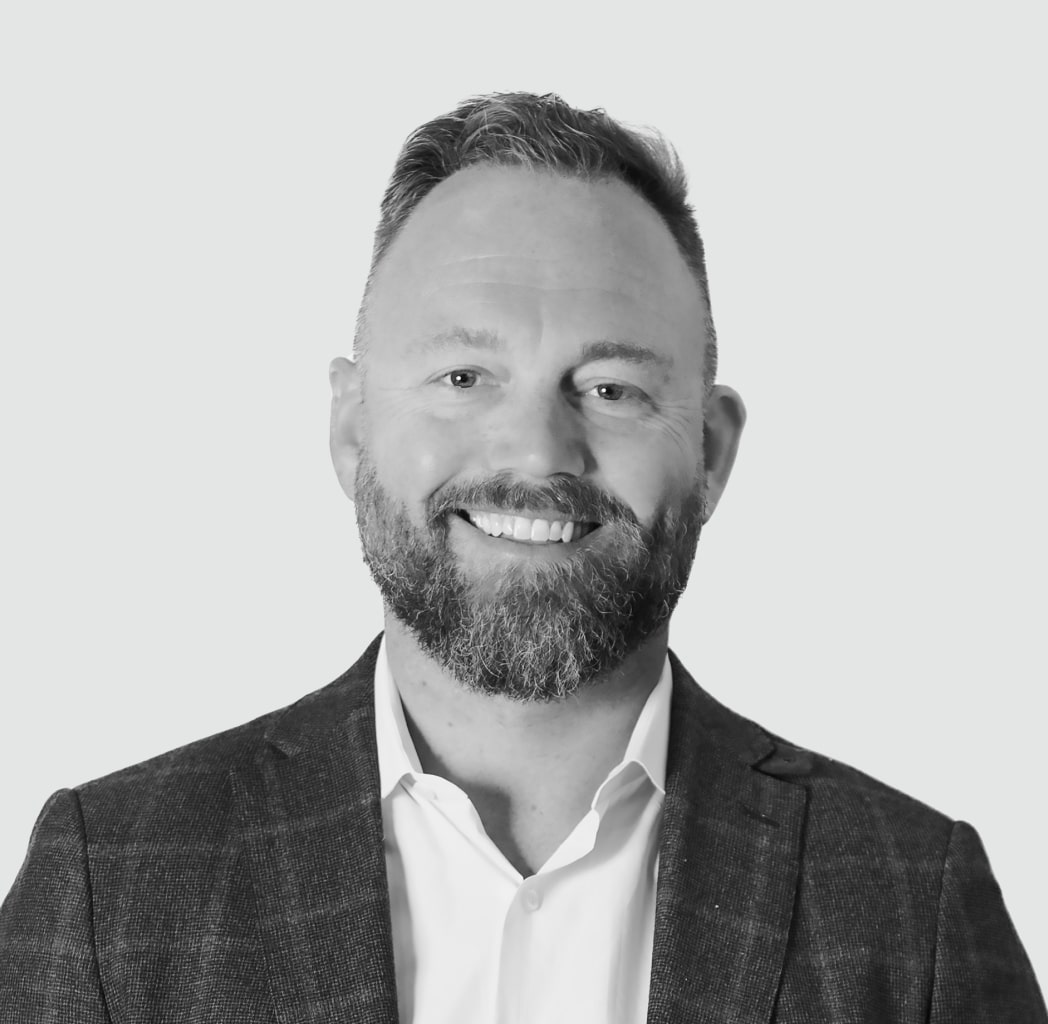
For some time, I’ve been looking for one “source” that curates modern takes on HR Tech, perspectives from the people who build it, and its impact on enterprise — something that’s tailor-made by professionals for decision-makers.
I never found it — so I decided to build it.
Every week, I’ll be sharing fresh insights on tech platforms, design, data, and the future of work — straight to your inbox.
My Thoughts
Last month, I sat down with my friend Jess Podgajny, CEO of Lluna —a platform that gives employers the ability to offer, manage, and analyze personalized employment arrangements for employees. We had a great conversation about what personalized benefits can offer companies and employees, the future of office work after COVID-19, and disruptive innovations in HR tech. Click the video below to see what Jess had to say about how technology like Lluna can help promote diversity, equity, and inclusion:
Tech Innovation at Work
Microsoft just acquired voice-recognition and AI specialist Nuance Communications Inc. for the healthy sum of $16 billion (plus assumed debt). 🔥📈 The acquisition is the company’s second largest under Satya Nadella‘s leadership. The product to watch here is Nuance Dragon Ambient eXperience — or DAX. DAX reduces the administrative burden for doctors drastically by recording voice conversations between doctors and patients and using AI to create detailed documentation.👨⚕️📂🤖 Microsoft is betting on DAX as a disruptive innovation that will help them tap into the healthcare market. But more than that, this is part of a broader trend of patient experience transformation via AI — and this is unlikely to be the last high-value acquisition in this growing sector.
Here’s something that you may have missed — Google acquired 3D audio startup Dysonics back in December. 🎧🤔 Dysonics was a 2011 offshoot of the UC Davis Tech Incubator. They initially built a motion tracker for headphones and partnered with Virgin to work on their in-flight entertainment system. Dysonics had some patents for tracking binaural sound that could come in handy for Google’s Pixel Buds, or for Google’s foray into AR/VR technologies. 😎📱The details of the acquisition are largely unknown, but we’re interested to see how Dysonics technology augments Google’s audio offerings.
Ryan Smith, founder and executive chairman of Qualtrics, says that most companies are going through an “experience transformation.”🔥🙌📈 Qualtrics has a deal with ServiceNow combining sentiment and workflows to improve CX. He values the “experience management market” at $60 billion. ✨
Are face masks here to stay? Will.i.am thinks so. He and Honeywell have partnered to launch Xupermask — a mask with Honeywell HEPA filtration system, noise-canceling headphones, LED lights for nighttime, a rechargeable battery, and Bluetooth capability. 😷🎵🎙️ At $299, it costs less than many top-end noise-cancelling headphones. So is it all hype or a smart investment? 🤖💡Will.i.am puts it this way: “We are living in sci-fi times. The pandemic is straight out of a friggin’ movie. But we are wearing masks from yesterday’s movie. So I wanted to make a mask to fit the era that we’re in.”

Here’s a new development in the streaming wars — Hulu is getting a makeover. Hulu, a joint media venture controlled by Disney since 2019, will get a new look as “One Hulu.” 📺💃The goal will be to push Hulu as a key arm of Disney’s streaming business — which includes their flagship service Disney+. Viewers will see more content campaigns and a boost in investment in original Hulu content. In a field that already includes Netflix, HBO Max, Amazon Prime, and more — the competition for subscription dollars is unlikely to ease up. 💪🔥
The Changing Workplace
The Wall Street Journal asked what heads of companies learned when they adapted their operations to remote work. 👩💼🏡Here are a few interesting things top CEOs had to say:
- “Because of the intensity required to save every hour, every day we could, we were literally working seven days a week non stop. And I realized that I have to be very disciplined…. And so I had to actually make sure I was doing sport in order to stay healthy and to stay mentally sane.” — Stéphane Bancel, Moderna
- “In the Zoom world, you can get a lot of things done, but you have to ask for it. There are very few serendipitous moments. It’s almost as if there is a scripted narrative that we’re using in every conversation we have; it’s very transactional.” — Sharmistha Dubey, Match.com 📹 💬
- “If we think about how we’re going to take what we’ve learned from this [year of remote work] and move it into the future, we’ve got to take a hybrid approach that’s good for the employer and for the employee…. I think productivity in the future is going to be much more a measure of results, rather than activities.” — Andi Owen, Herman Miller Inc. 💪📊
- “The real shadow side to working remotely is that this [work-from-home] shift … has also revealed and greatly exacerbated inequality. We’re starting to talk more about that, in terms of how access to technology or balancing your home and work lives in this reality has been very challenging.” — Julia Hartz, Eventbrite Inc. ✊👩💻

Experiencing “decision fatigue” at work? It may help to think about which decisions are actually worth your time. Weighing how easy or hard the decision is against how important or unimportant it is can help you optimize your decision-making process. As with anything else, done is better than perfect — putting off decisions can create cognitive overhead, result in less satisfaction with the outcome, and create anxiety and confusion within a team. Here’s a helpful chart to guide decision making: 🤔💭

All About Data
Here’s a finding from the Journal of Applied Psychology to take seriously. 💡✨🏆 This will not come as a surprise, but daylight and views in offices have a significant impact on workers’ cognitive functioning. When daylight in offices was optimized, workers shifted on average from the 52nd percentile to 65th percentile of cognitive performance. 🐠📈 This is the equivalent to an $11,809 difference in salary per person per year.
Andrew Ng, CEO and Founder of Landing AI, called for the machine learning community to turn its attention to MLOps — a field dealing with building and deploying ML models more systematically. 👨💻Progress in ML depends on performance on benchmark datasets, and the ability to hold the data fixed while trying to improve code. ⚠️ Ng had this to say: “If 80 percent of our work is data preparation, then ensuring data quality is the important work of a machine learning team.” Here’s what he proposes to address noisy data, problems with data-labelling, and so on:
- The most important task of MLOps is to make high-quality data available.
- Labelling consistency is key. For example, check how your labelers are using the bounding boxes. There can be multiple ways of labelling, and even if they are good on their own, lack of consistency can deteriorate the outcome.
- Systematic improvement of data quality on a basic model is better than chasing the state-of-the-art models with low-quality data.
- In case of errors during training, take a data-centric approach.
- With data centric view, there is significant room for improvement in problems with smaller datasets (<10k examples).
- When working with smaller datasets, tools and services to promote data quality are critical.

Care.com developed a “Future of Benefits” report in which they asked 500 HR leaders and C-suite decision-makers across the U.S. what employee benefits they plan to keep, get rid of, add, and expand as a result of lessons learned during this crisis. 👩⚕️📝🌴Here are some takeaways from their report:
- 98% of leaders surveyed plan to expand or newly offer at least one employee benefit prioritizing the ones workers deem most essential — child and senior care, workday flexibility, and expanded mental health support.
- 89% of leaders are deprioritizing at least one benefit in light of COVID — on-site childcare, paid vacation days, commuter benefits, and so on.
- 57% of senior leaders are assigning higher priority to care benefits to better support employees in work and life.
- 63% plan to increase child care benefits.
- 41% of leaders plan to newly offer or expand senior care benefits.
- 59% listed mental health as a primary outcome of caregiving benefits, 41% plan to expand mental health benefits this year.
Click here to subscribe to Exit Interview, a weekly email about tech platforms, design, data, and the future of work — straight to your inbox.

